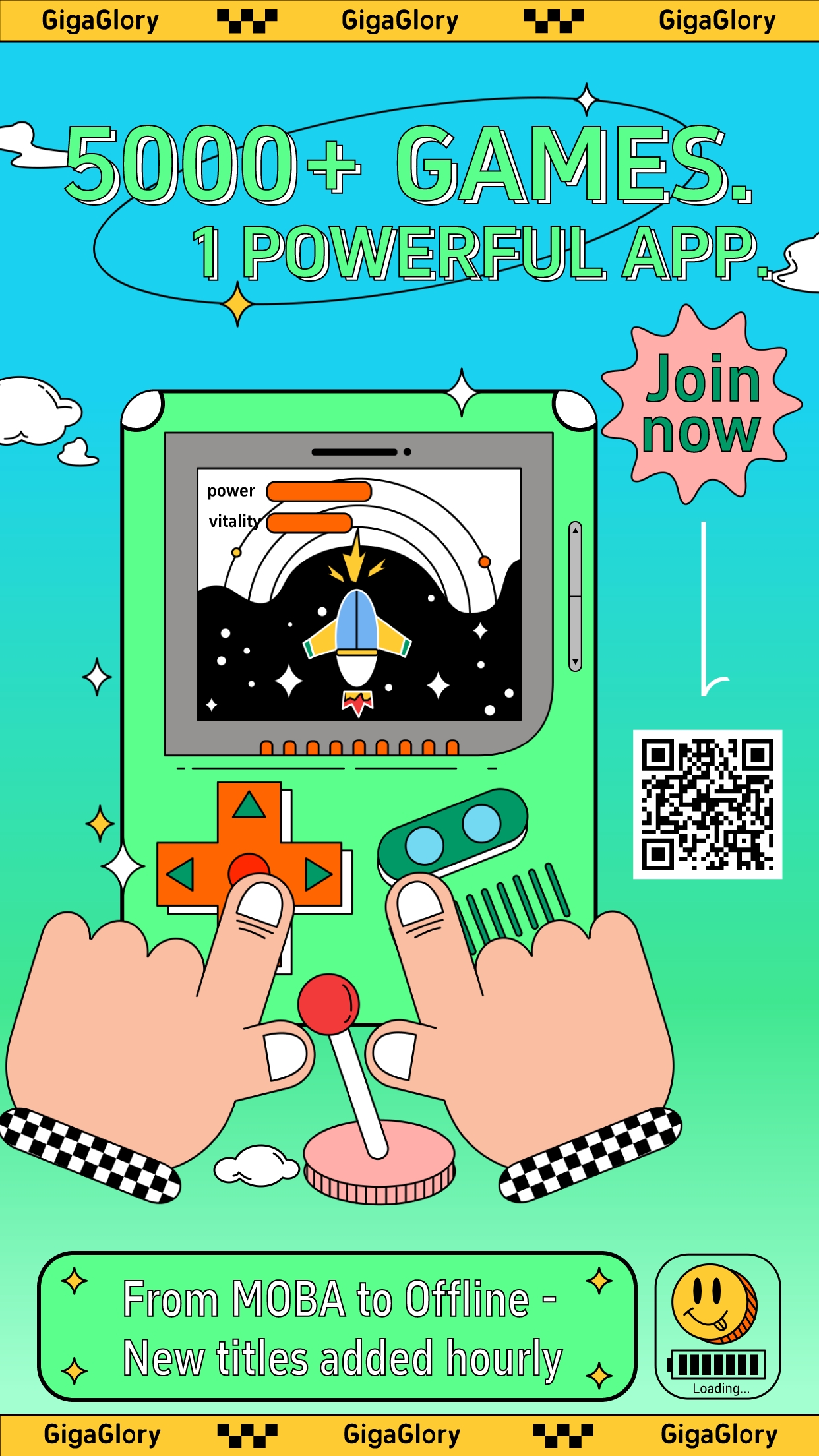Exploring Open World Games: The Intersection of Fun and Learning in Educational Gaming
We all know that gaming can be a blast, right? But, what if I told you that some games are not just about fun but also about learning? Enter the realm of open world games. These expansive digital landscapes allow players to explore, create, and learn while having a great time. Let's dive into the world of educational gaming and discover how open world games are shaping the educational landscape.
What are Open World Games?
Open world games offer players the freedom to roam a virtual world at their own pace. Unlike linear games that guide you from point A to B, open world games present a vast environment for exploration. Games like Delta Force: Black Hawk Down and the popular Battlefield V provide massive maps where players can engage in combat, but the fun doesn't stop with just shooting. The learning potential is enormous, especially in educational contexts.
The Fun Factor: Why Open World Games Are Engaging
- Immersive Experience: Players become part of a living story.
- Variety of Activities: From quests to battling foes, there's always something to do.
- Creativity Unleashed: Games like "Minecraft" let players build and create, learning crucial skills in the process.
This interactivity and immersion are key components that keep players coming back. But what makes them suitable for education?
Educational Aspects of Open World Games
Educators are taking notice! Open world games are evolving into powerful teaching tools. Here's why:
- Critical Thinking: Players must strategize and make decisions, enhancing critical thinking skills.
- Cultural Awareness: Exploring different genres can introduce players to various cultures.
- Problem-Solving Skills: Many missions require players to think creatively to solve challenges.
Case Study: Delta Force and Battlefield in Education
While Delta Force: Black Hawk Down focuses more on military tactics, it's undeniably rich in history and strategy. Players learn team orchestration and tactical planning. On the other hand, Battlefield V merges storytelling with gameplay, allowing players a glimpse into World War II. These narratives can spark discussions in classrooms about history and ethics.
Using these games as a catalyst for dialogue in educational settings can lead to some pretty powerful discussions about the human experience. Besides, they can help students retain information better than traditional methods.
Challenges: Technical Hurdles that Educators Face
There's a catch, though. Sometimes, technical distractions like Battlefield V crashing after match on Xbox One can frustrate players and educators alike. These issues can hinder learning experiences.
| Technical Issue | Possible Solutions |
|---|---|
| Game Crashes | Update graphics drivers and clear cache. |
| Connection Problems | Check internet stability and troubleshoot routers. |
| Device Compatibility | Ensure hardware meets game specifications. |
Engaging Students through Educational Games
Imagine a class where students share what they've learned from playing these games. Here’s how teachers can integrate educational gaming into their curriculum:
- Assign themed quests: Based on subjects like history or science.
- Encourage students to present: Their gaming experiences and lessons learned.
- Incorporate cooperative tasks: To build teamwork and social skills outside of their usual interactions.
Conclusion: The Future of Gaming in Education
In conclusion, open world games offer more than just recreation—they are dynamic tools for learning. By engaging players, fostering creativity, and instilling critical thinking skills, educational games pave the way for effective learning experiences. However, addressing technical issues is crucial for a seamless experience. As we explore the intersection of fun and learning in gaming, it’s thrilling to envision how future innovations will further enhance education via these virtual worlds.
So, next time you pick up a controller, remember: you could be learning an incredible amount—without even realizing it!



